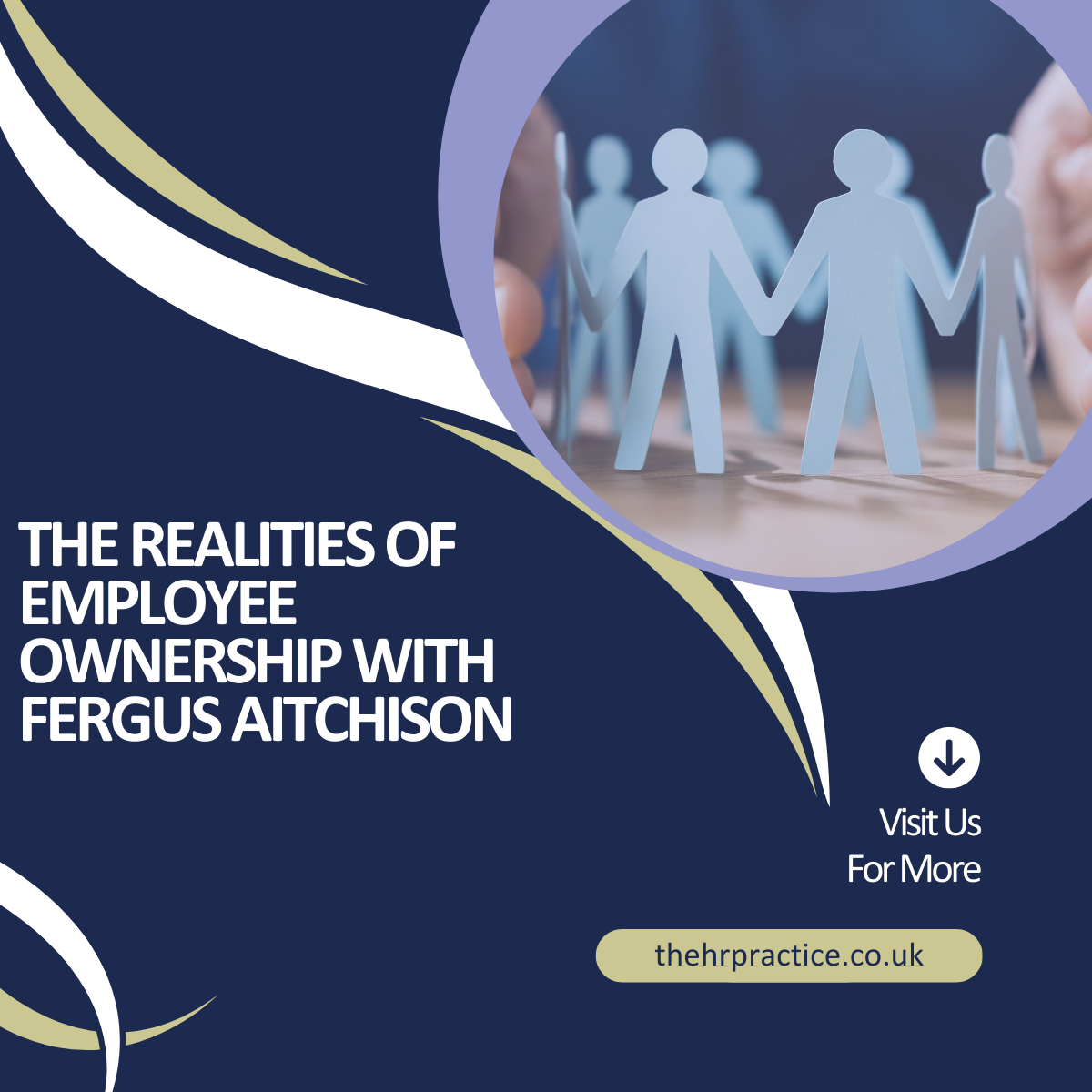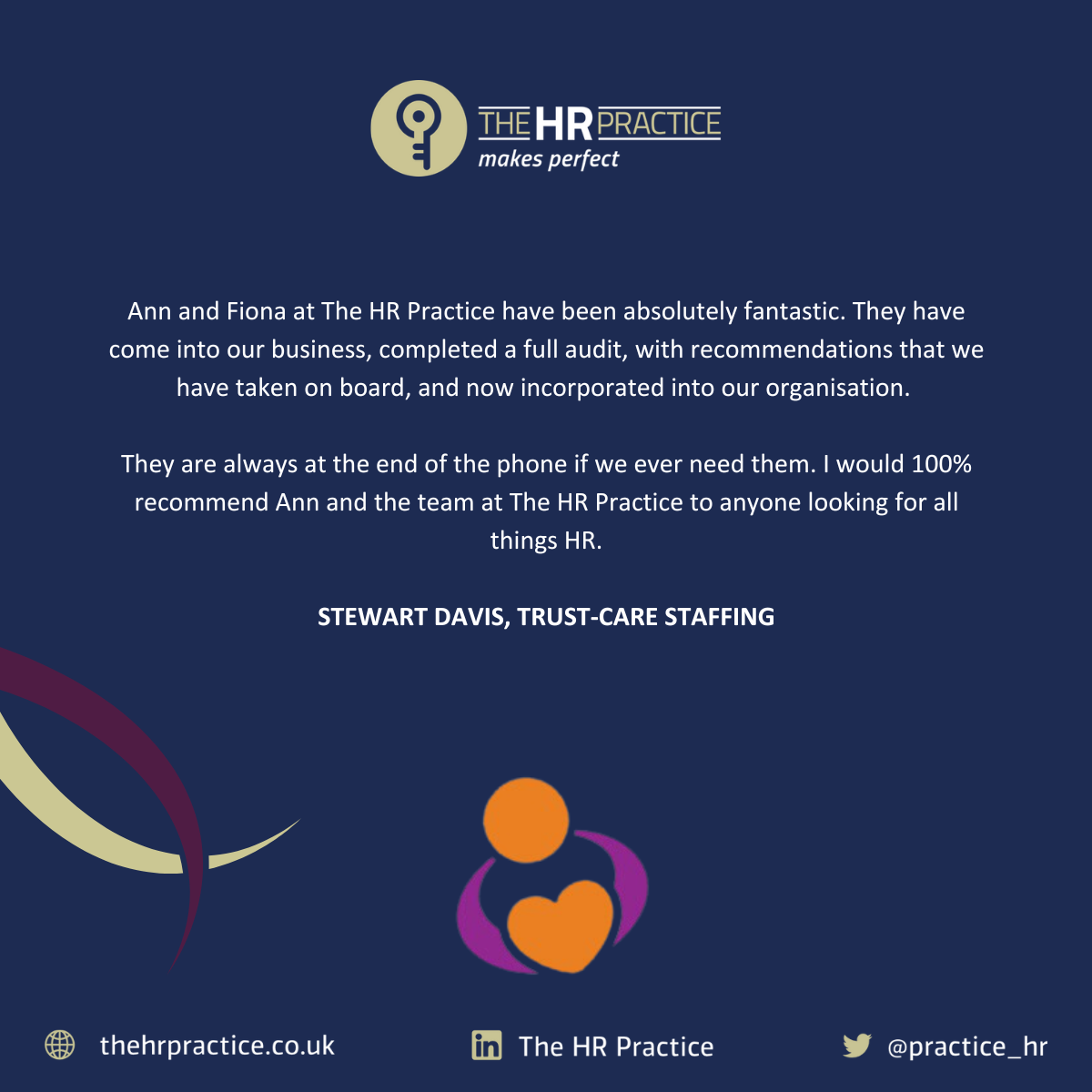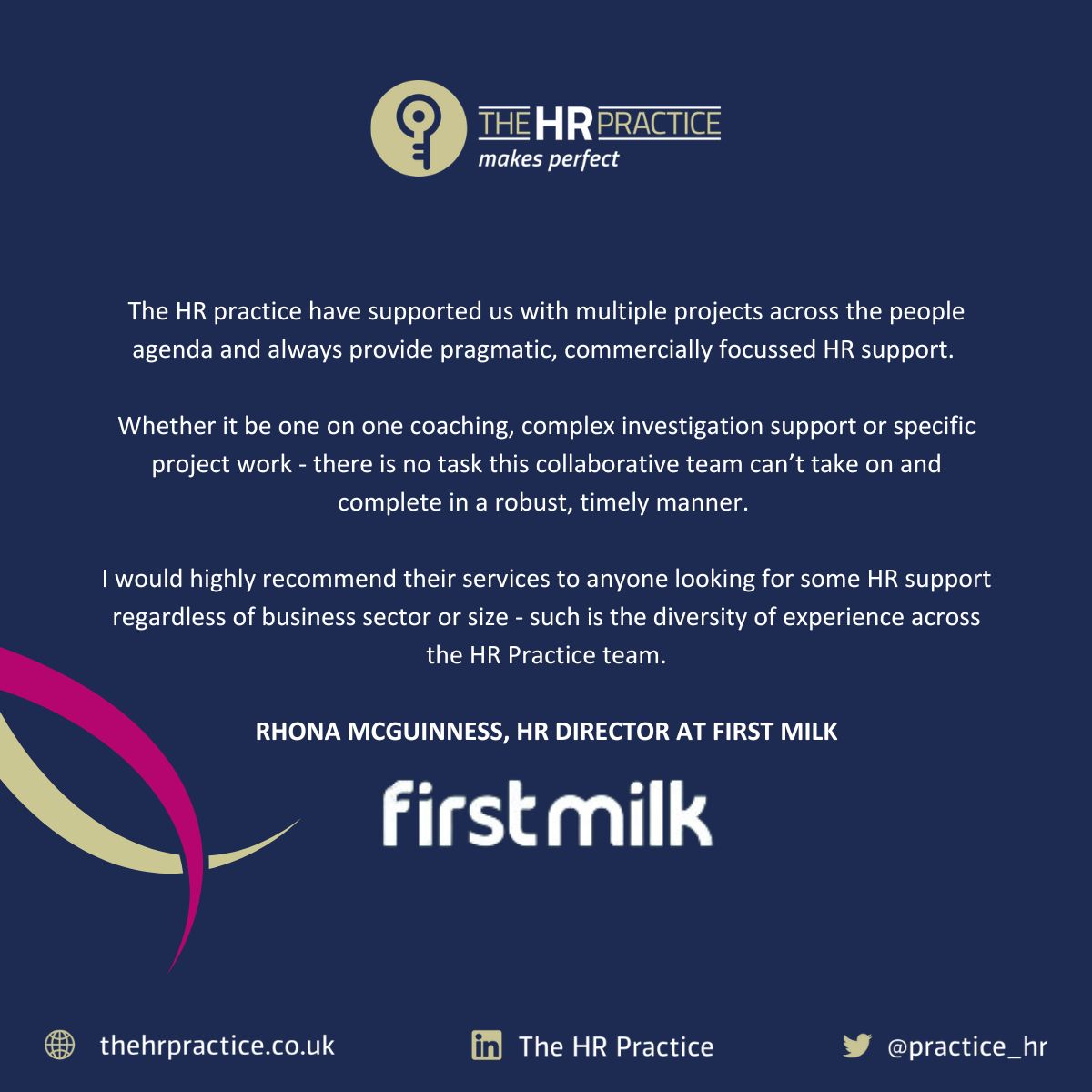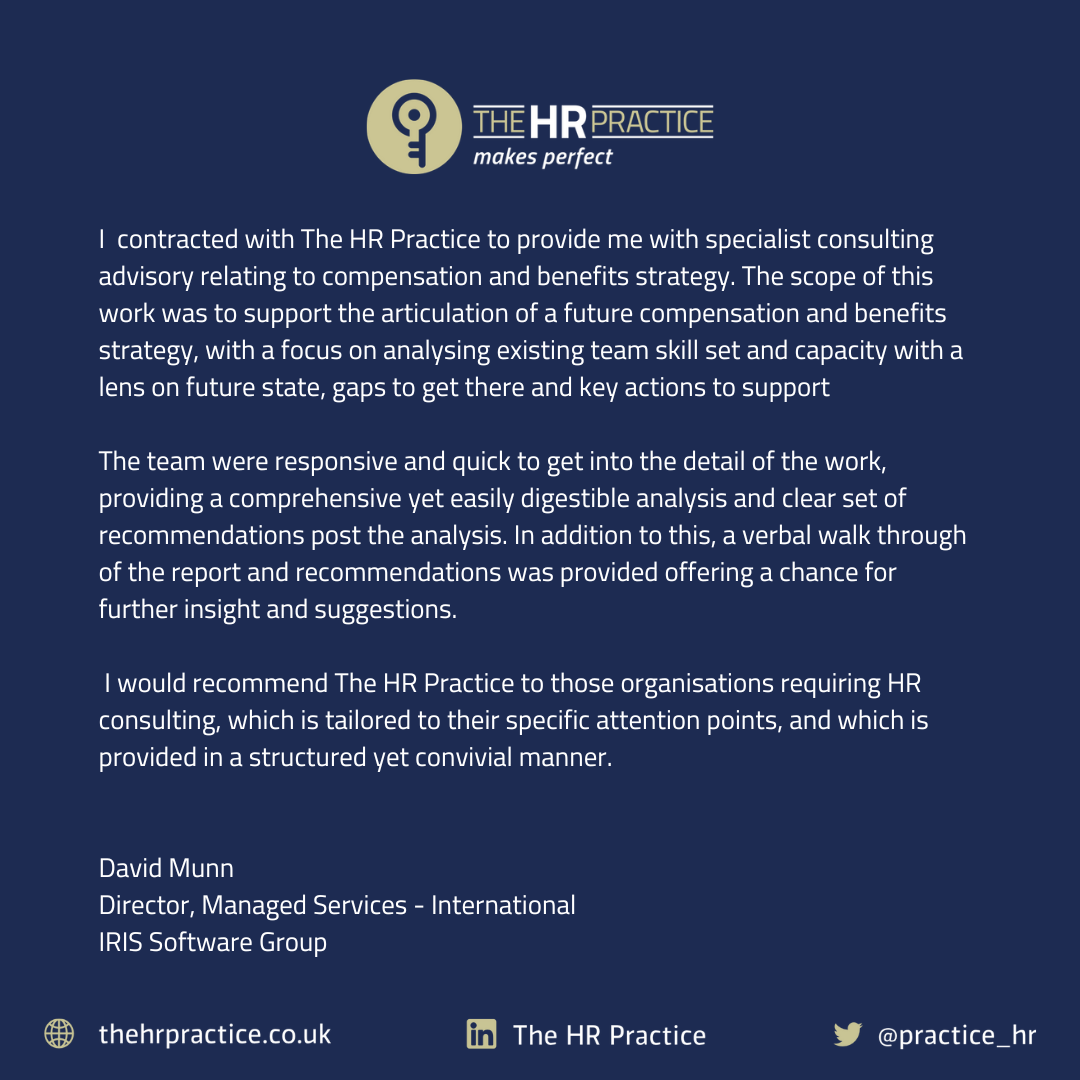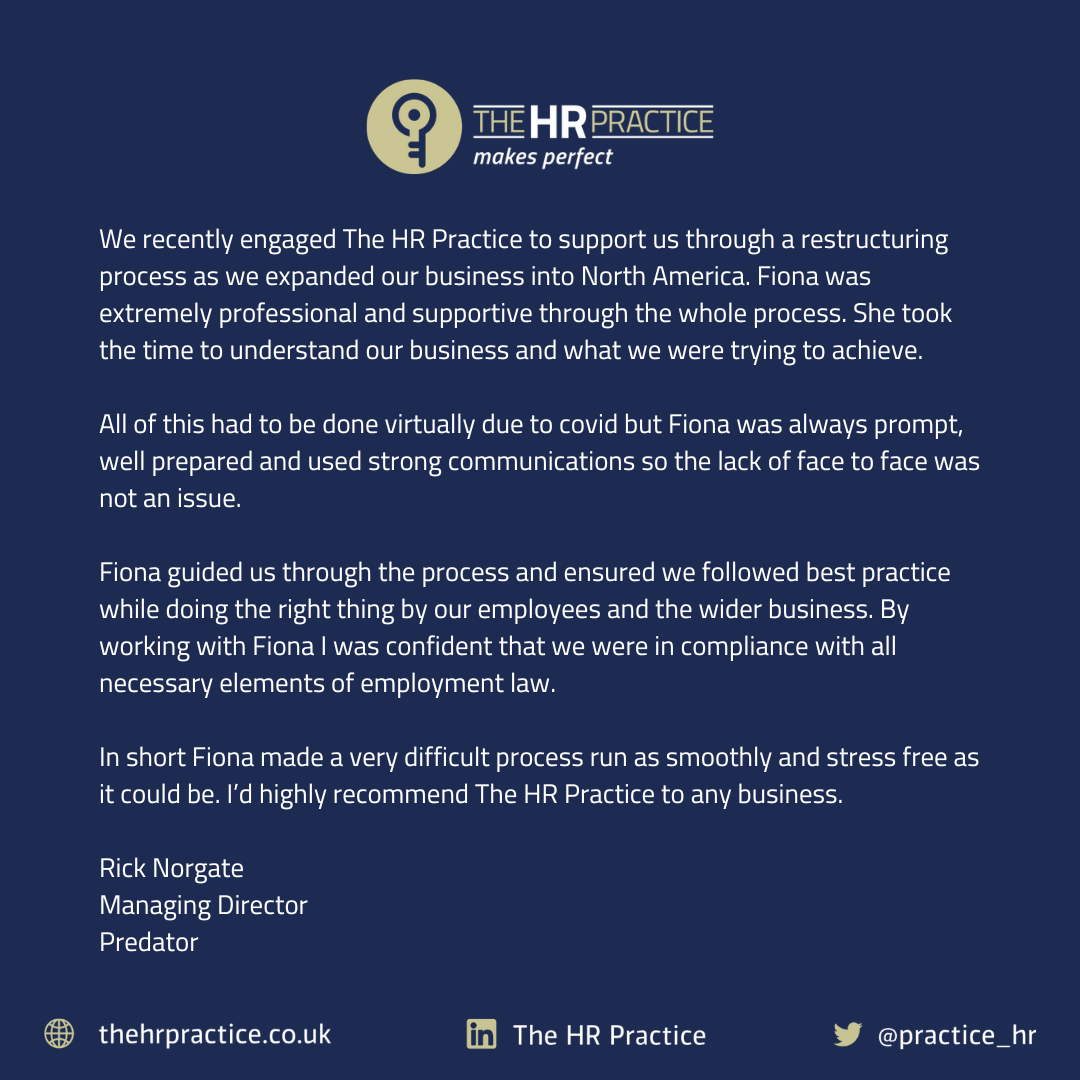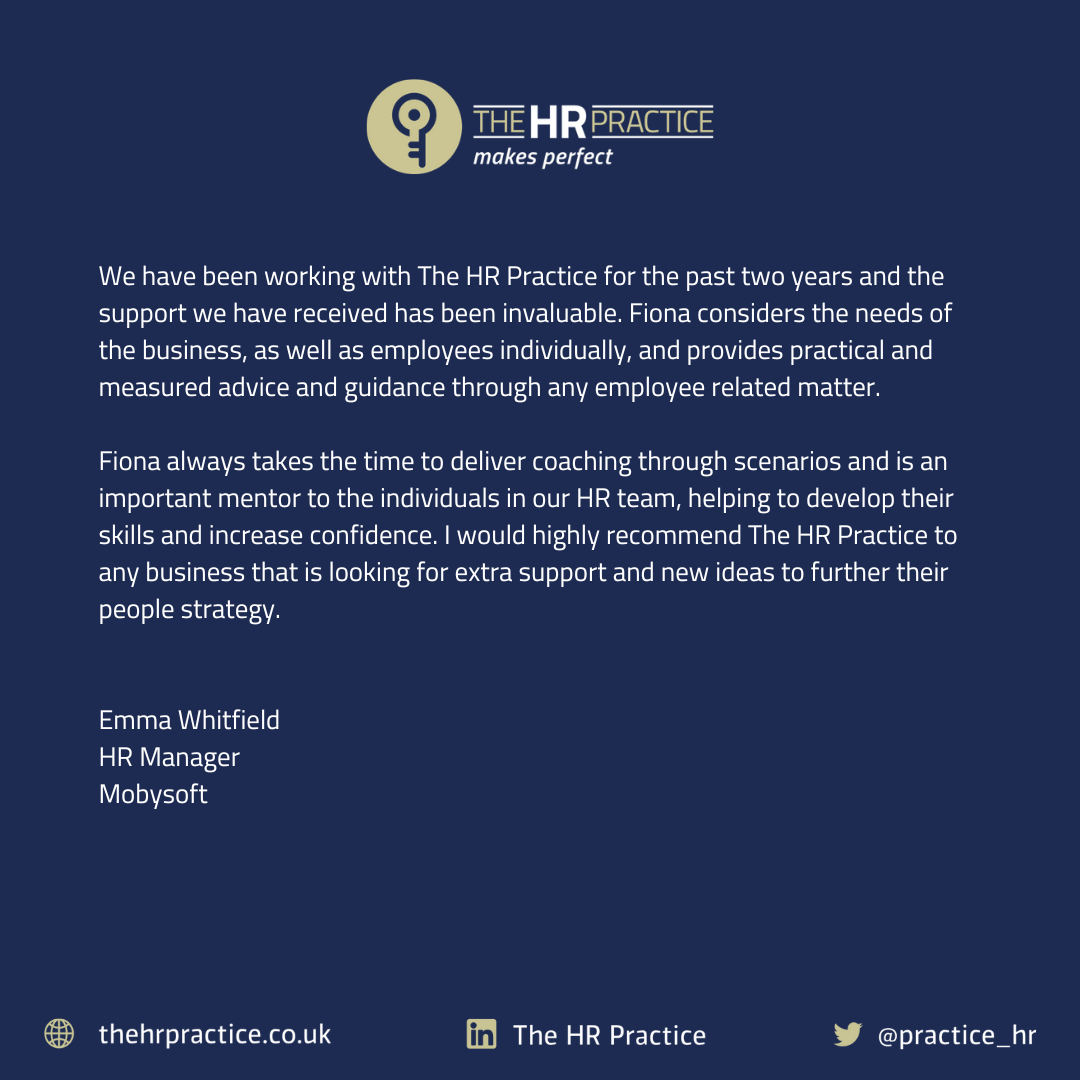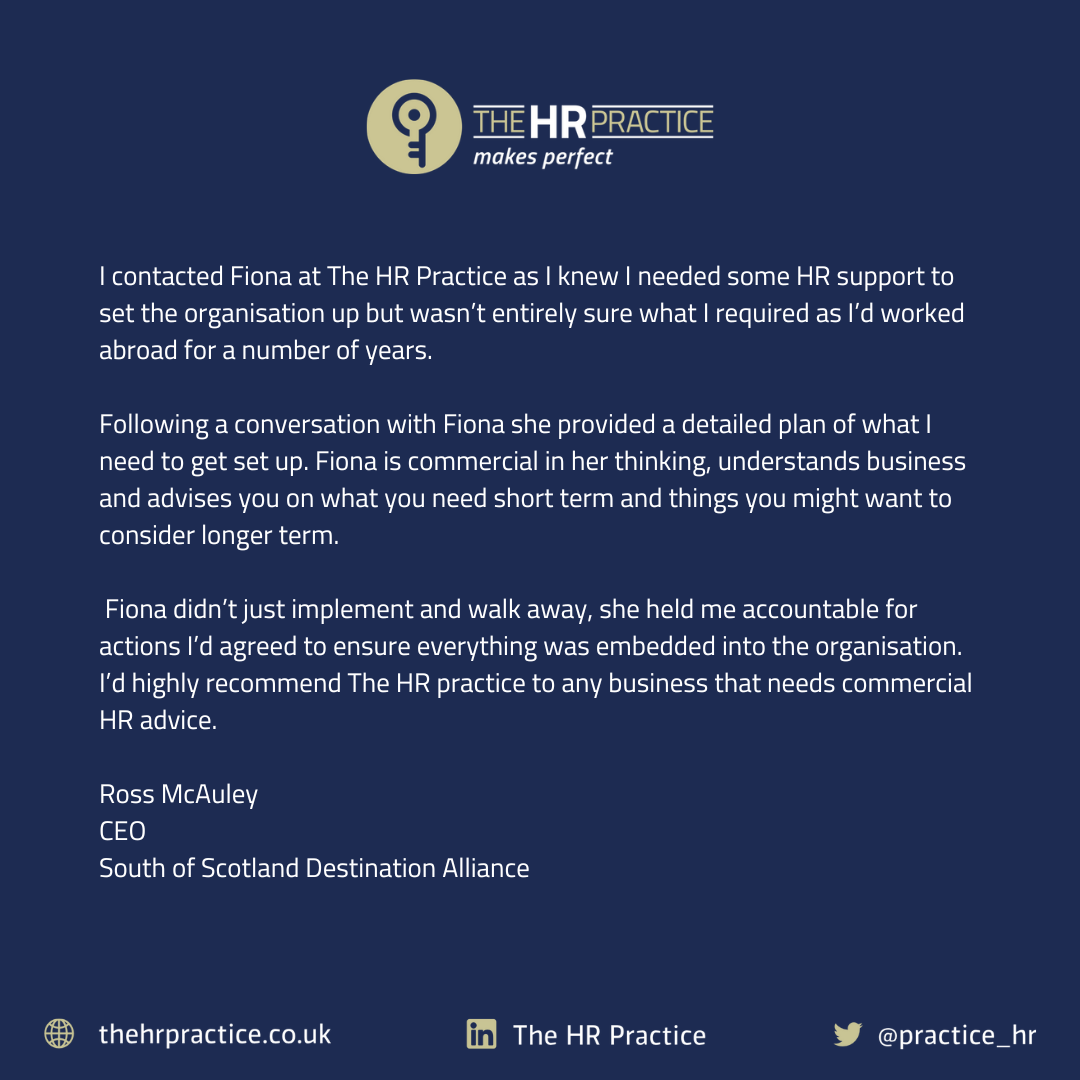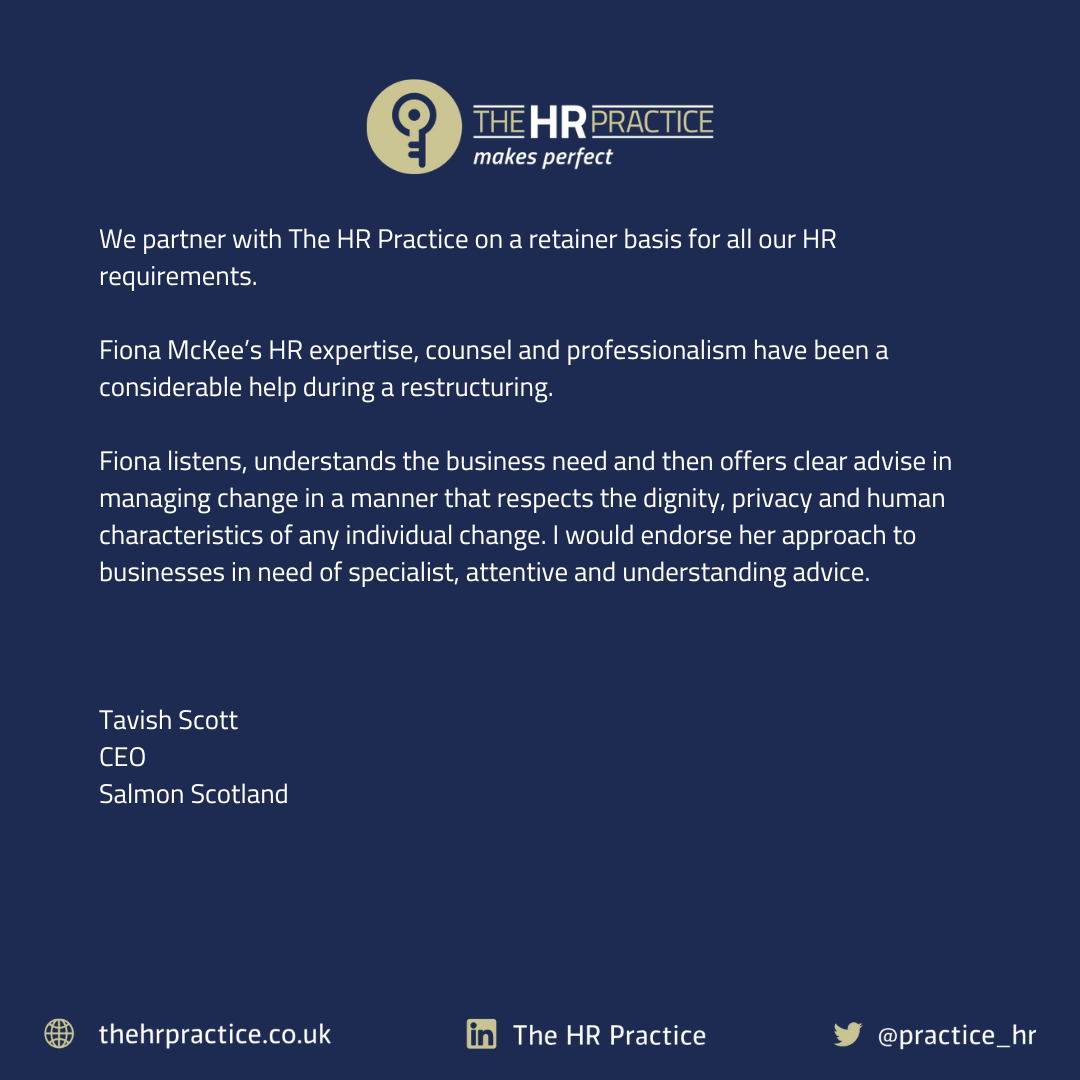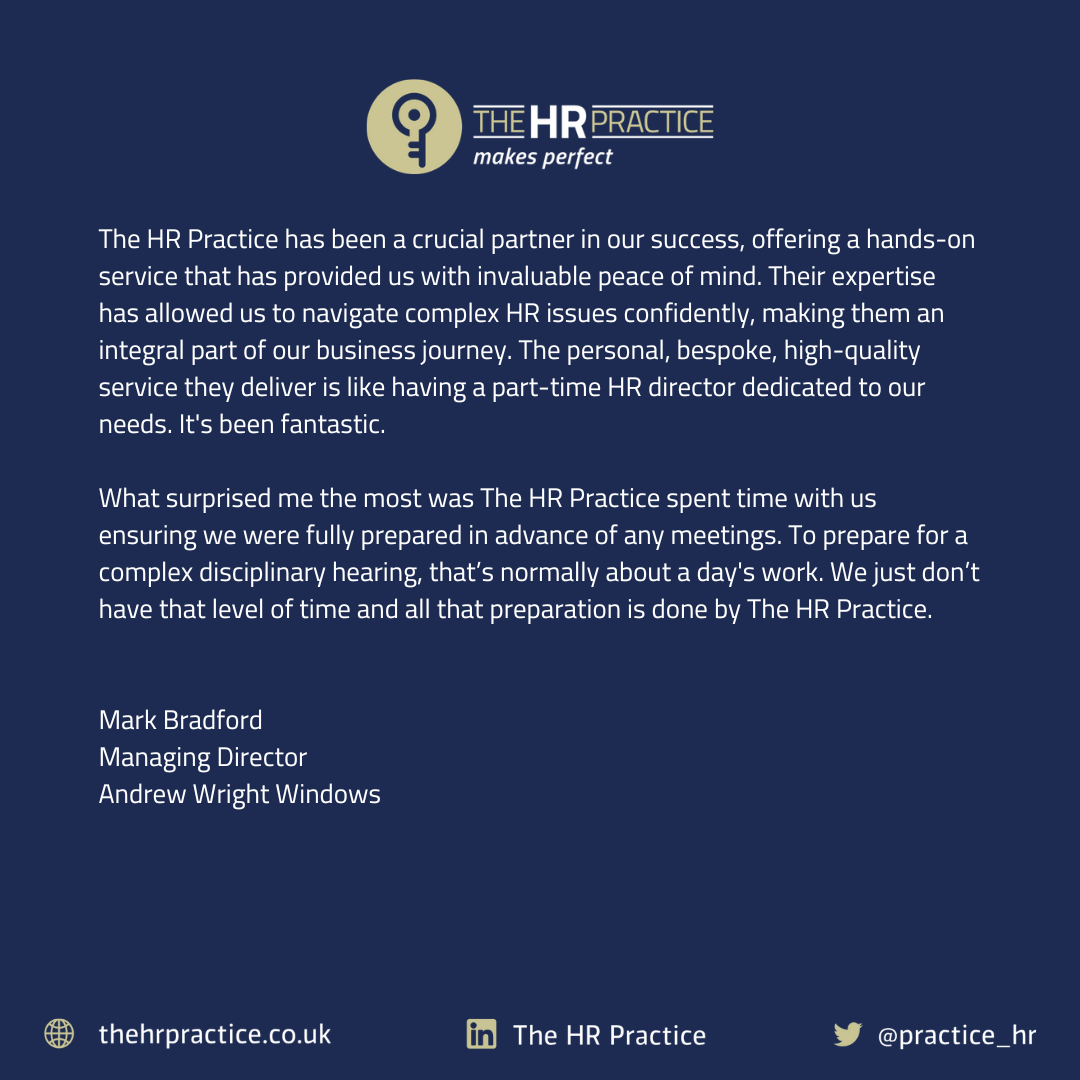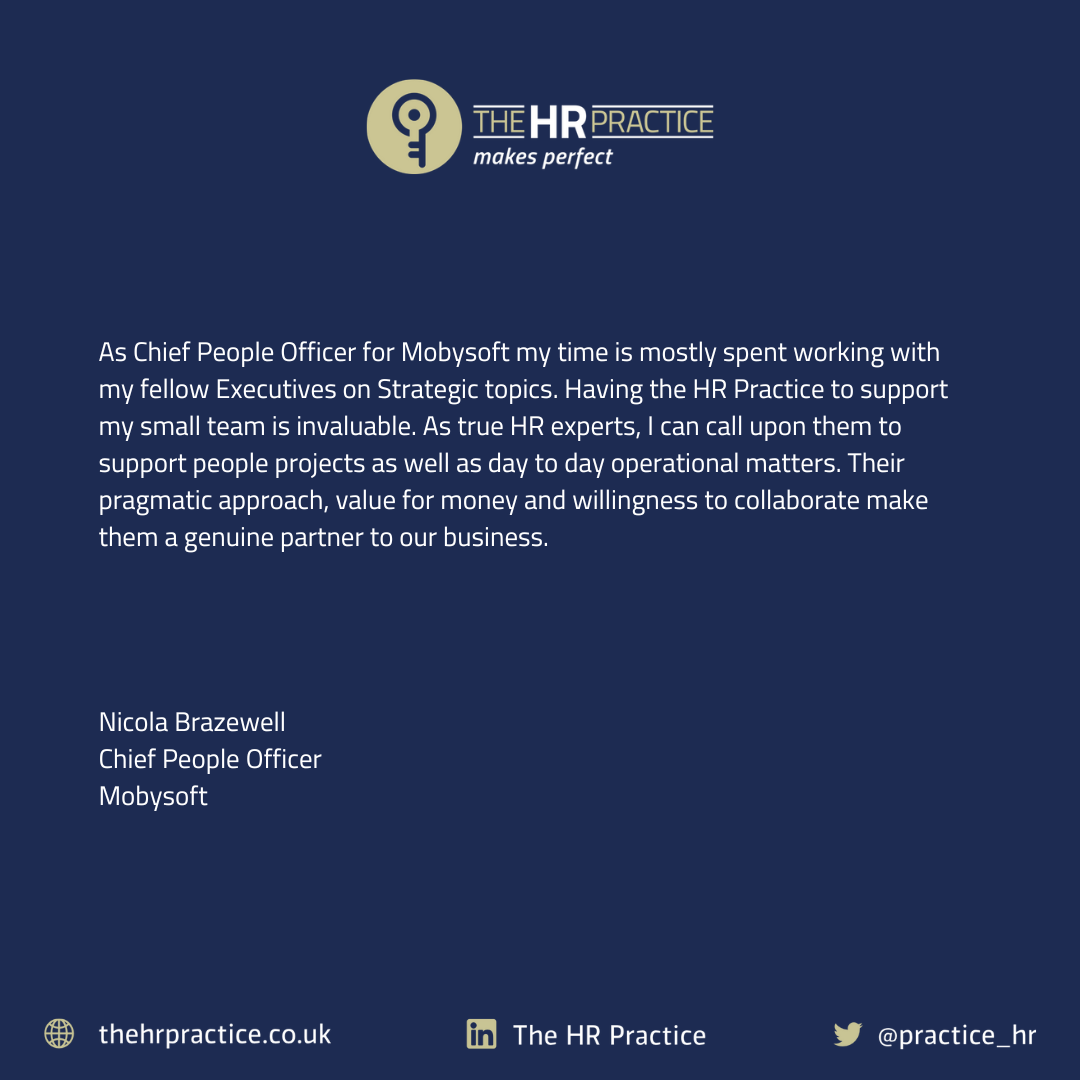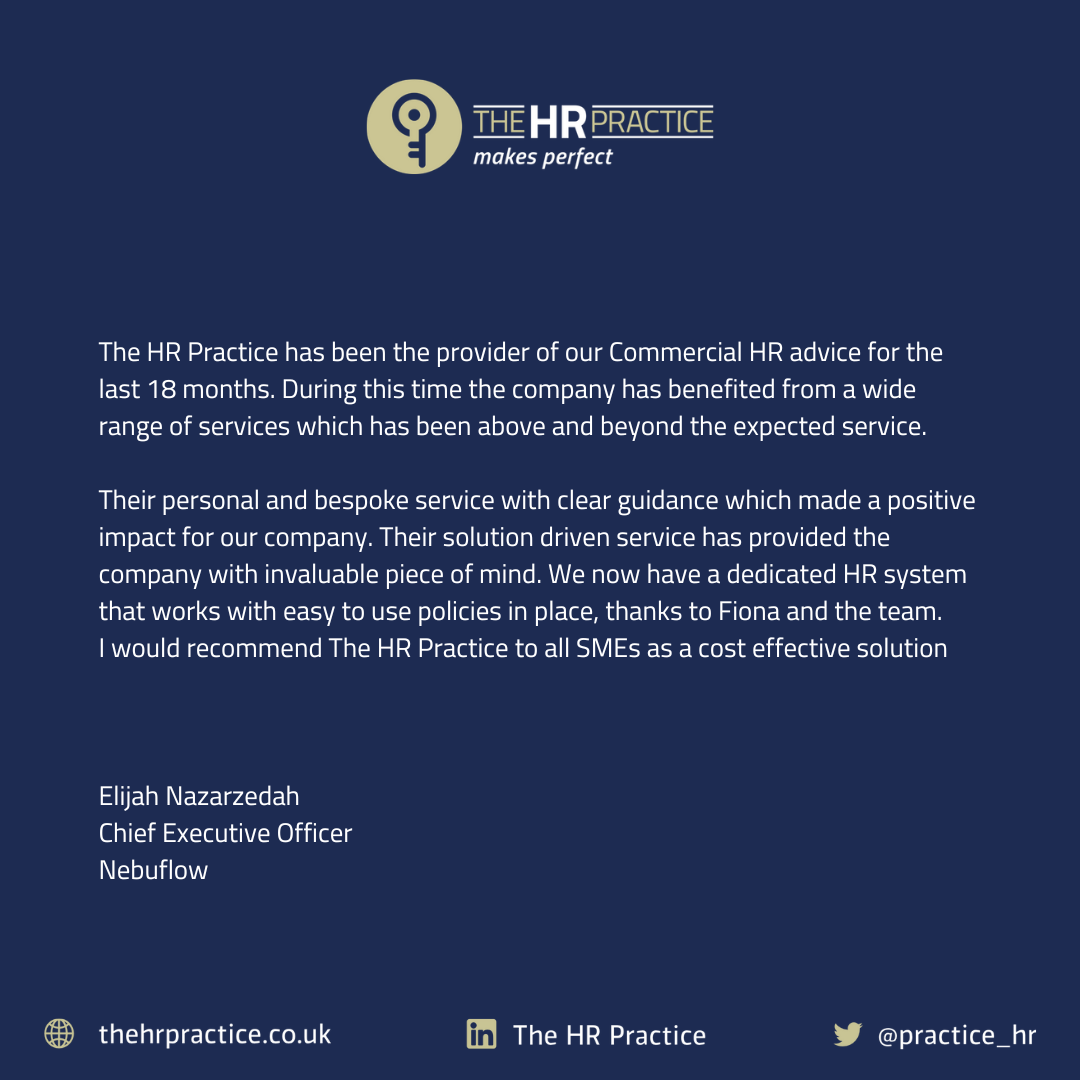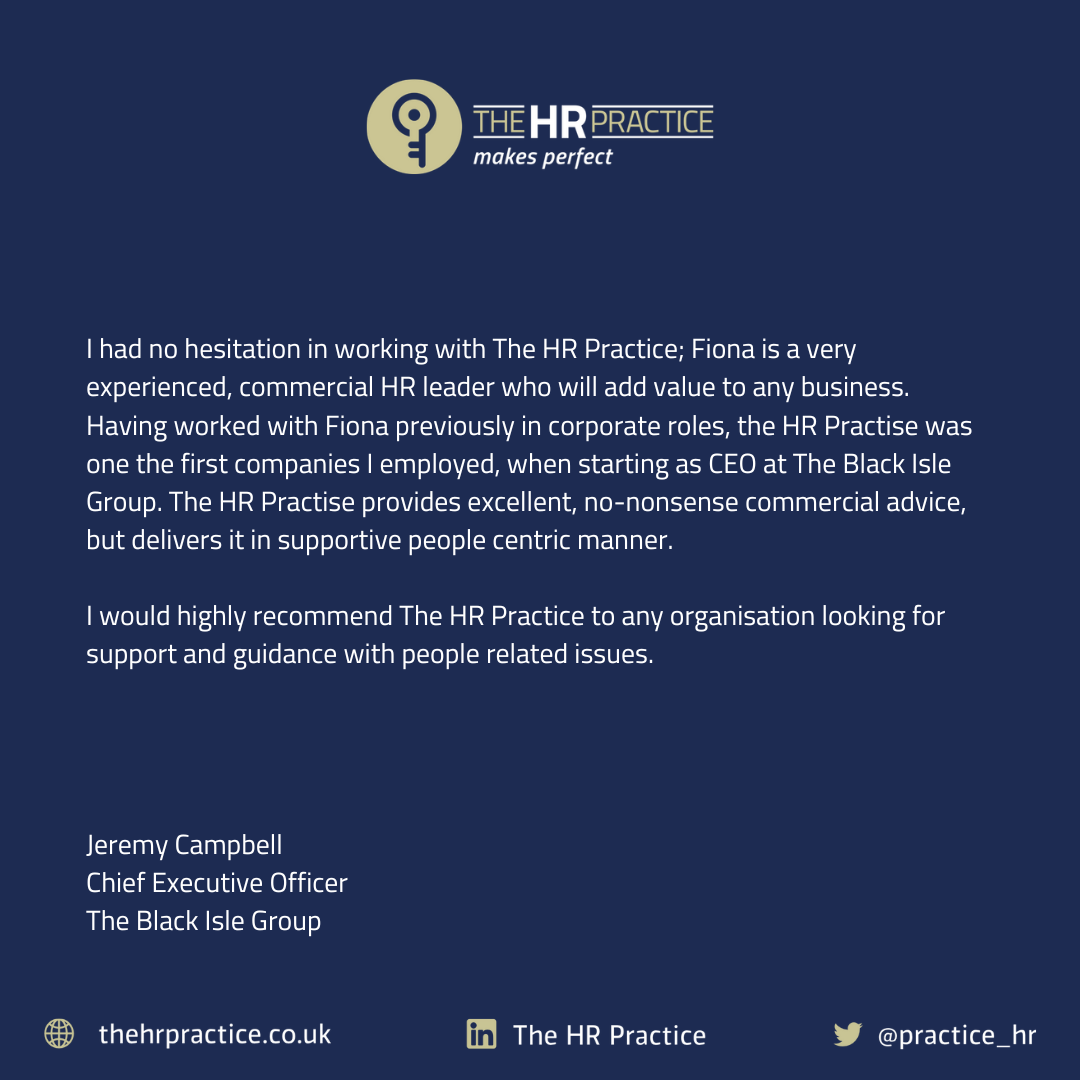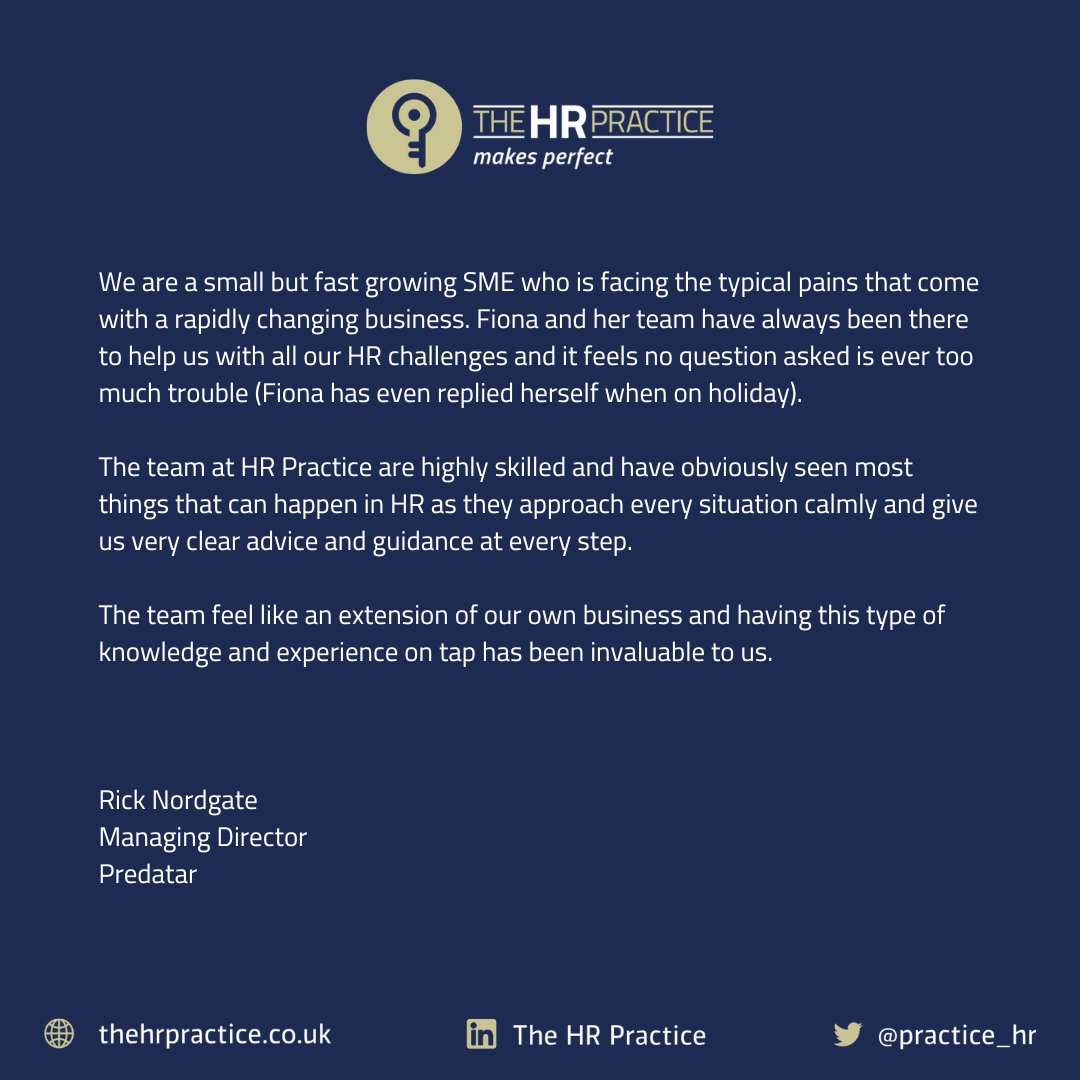HR Unlocked: The Realities of Employee Ownership with Fergus Aitchison
Employee ownership is gaining momentum as an alternative business model, offering employees a direct stake in the company’s success. But what does it actually look like in practice?
In our latest HR Unlocked Live Chat, Fiona McKee sat down with Fergus Aitchison, Managing Director of MHB Consultants, to discuss why the company transitioned to employee ownership, the challenges faced, and the lessons learned along the way.
Fergus shared valuable insights into how employee ownership works, the mindset shift required, and how it can be a powerful tool for business growth and employee engagement.
From Engineer to Managing Director
Fergus has spent his career in civil engineering, working across different firms before joining MHB Consultants in 2014 as a Principal Engineer. His leadership and vision helped grow the company from seven employees to a team of 60 across four offices.
In 2018, he became a board director, and in 2025, he was appointed Managing Director, leading MHB’s continued success. But alongside business growth came big decisions about the future of the company, including its ownership structure.
“Part of our vision is to create a company of lasting value on behalf of our employees. We wanted to allow the staff who had helped us build the business to share in its future success.” – Fergus Aitchison
Why MHB Consultants Chose Employee Ownership
When the company began looking at succession planning, they explored different options:
✅ Trade Sale – Selling the business to another company.
✅ Management Buyout (MBO) – The leadership team buying out the company.
✅ Employee Ownership – Giving employees a direct stake in the company.
✅ Management Buyout (MBO) – The leadership team buying out the company.
✅ Employee Ownership – Giving employees a direct stake in the company.
Ultimately, employee ownership aligned best with MHB’s vision and values.
“We could have gone with a trade sale, but we would have lost our brand identity. A management buyout would have put a lot of financial risk on the leadership team. Employee ownership allowed us to maintain our culture while rewarding the employees who helped build the business.” – Fergus Aitchison
The transition was finalised in 2020, and MHB transferred 100% of its shares into an Employee Ownership Trust (EOT).
How Does Employee Ownership Work?
At MHB, shares are held in trust on behalf of employees, creating a stakeholder culture where everyone benefits from the company’s success.
The trust is managed by three representatives:
- Employee Trustee – Represents the staff.
- Director Trustee – Oversees the company’s leadership.
- Independent Trustee – Provides external governance.
This structure ensures employee voices are heard, while allowing leadership to continue running the business effectively.
“We’re trying to set the mindset that we are all co-owners. That comes with accountability, responsibility, and the opportunity to share in the company’s success.” – Fergus Aitchison
One major benefit? Profit-sharing. Employees at MHB can receive up to £3,600 tax-free in annual bonuses, ensuring that success is shared fairly across all staff members.
The Challenges of Employee Ownership
Transitioning to an employee-owned business isn’t without its difficulties.
🔸 Changing Mindsets – Employees need to shift from thinking like workers to thinking like owners.
🔸 Managing Expectations – Employee ownership doesn’t mean every decision is made by committee.
🔸 Communicating the Vision – Ensuring employees understand their role in the new structure.
🔸 Managing Expectations – Employee ownership doesn’t mean every decision is made by committee.
🔸 Communicating the Vision – Ensuring employees understand their role in the new structure.
“At first, some employees thought they’d have a say in every operational decision, which isn’t the case. The trust can represent employees, but leadership decisions still sit with the board.” – Fergus Aitchison
Lessons Learned & Advice for Businesses Considering Employee Ownership
✅ Start Planning Early – MHB first explored the idea four years before making the transition.
✅ Speak to Other Employee-Owned Businesses – The Employee Ownership Association (EOA) and Scottish Enterprise provided key guidance.
✅ Set Clear Expectations – Ensure employees understand how ownership works and their role in the company’s success.
✅ Focus on the Majority – Employee buy-in varies:
✅ Speak to Other Employee-Owned Businesses – The Employee Ownership Association (EOA) and Scottish Enterprise provided key guidance.
✅ Set Clear Expectations – Ensure employees understand how ownership works and their role in the company’s success.
✅ Focus on the Majority – Employee buy-in varies:
- 20% fully embrace the model
- 60% like the idea but need guidance
- 20% don’t engage with it
Focusing on the 80% who want to be involved helps drive the right culture.
“You won’t get everything right on day one, and that’s okay. Employee ownership is a journey, and it’s all about adapting and improving along the way.” – Fergus Aitchison
What’s Next for MHB Consultants?
With employee ownership in place, MHB is now focused on expanding its presence beyond Scotland, strengthening its brand recognition in England, and continuing to use employee ownership as a competitive advantage in attracting top talent.
“Employee ownership sets us apart from competitors. It helps attract and retain staff, build engagement, and create a culture of shared success.” – Fergus Aitchison
Final Thoughts: Is Employee Ownership Right for Your Business?
Employee ownership isn’t a one-size-fits-all solution, but for companies looking to protect their brand, empower their employees, and build a lasting legacy, it’s an option worth exploring.
For businesses considering the transition, resources such as the Employee Ownership Association and Scottish Enterprise offer guidance, masterclasses, and support.

